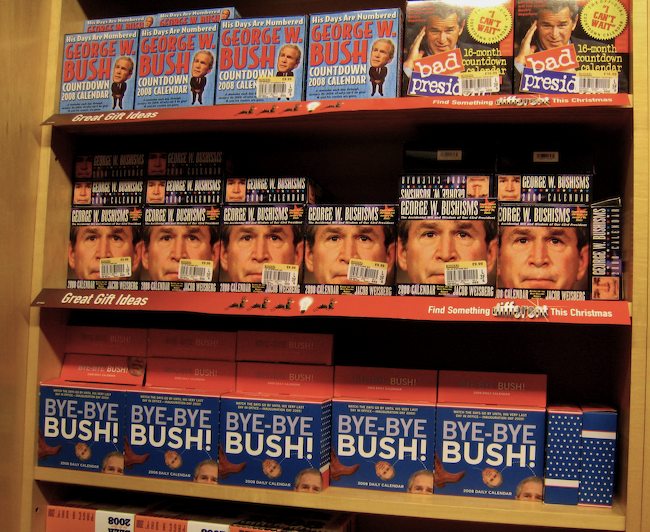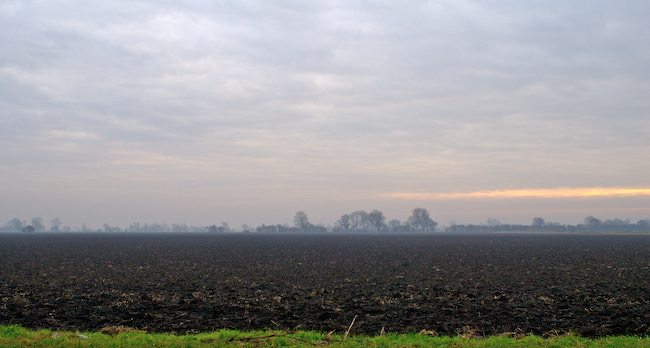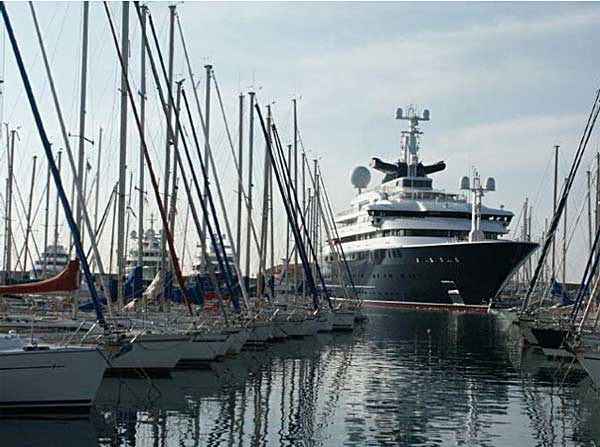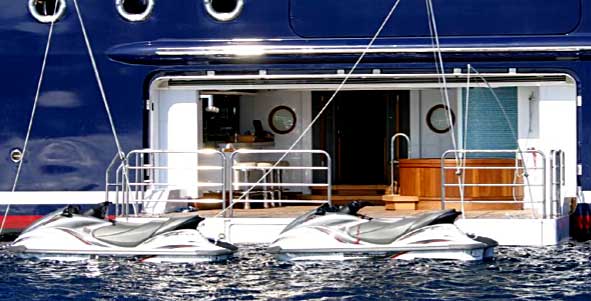John Lanchester has a lovely piece in the latest London Review of Books about Cityphilia — worship of the City of London and its pernicious effects on London in particular.
This uncritical and uninformed governmental Cityphilia, he writes,
received its biggest shock in decades this autumn, with the near collapse of Britain’s fifth largest mortgage lender, Northern Rock. Britain’s first genuine bank run in more than a hundred years shone a light in many places where the sun doesn’t routinely shine, and one of the first things to be brought into question was the ways banks work. As I’ve already said, my father was a banker, and I grew up hearing about that mythical beast, the bank run. It was often spoken of but rarely seen in the wild. Bankers are said to dread a bank run, but my dad talked about them with a certain black humour. They were always a sign that somebody had fucked up, big-time. They can also be a sign that something in the financial system is fundamentally wrong. The question hanging around in the residue of the Rock’s near implosion is which type of bank run this was – a fuck-up, or a harbinger of meltdown?
It’s a great piece. Here’s the opening para:
At the point when we bought our house in 1996, average house prices in the UK, adjusted for inflation, were some way below the levels they’d hit in the late 1980s bubble. Clapham was then still a place people moved to when they had families and wanted larger and cheaper houses, and were willing to move south of the river to get them. When house prices began to go up, this area began to be colonised by bankers and City types. We were the last non-City people to move into the street where we live – the last of the aborigines. These days, as houses become an ever more critical capital asset, there is a constant va-et-vient of renovation, a non-stop turmoil of attics being done, basements being dug out, skips being filled, scaffolding put up and everything knockable being knocked through. In a street two hundred metres long, there is at the moment one skip, three sets of scaffolding, two basement conversions, a loft conversion and two full renovations. Most of this activity is generated by the City people, since we aborigines for the most part tend not to move; we’re all still here. But the bankers move all the time, doing up and selling on houses, usually to move to the Old Rectory in Shaghampton, Wiltshire, with the husband spending three or more nights in town until the inevitable happens. (‘Half of my business is “The Old Rectory, Wiltshire”,’ a cheerful divorce lawyer once told me.)
Worth reading in full. Can’t find Shaghampton on Google Maps, though. Pity. But a Google search for it already returns one hit — the LRB article.







